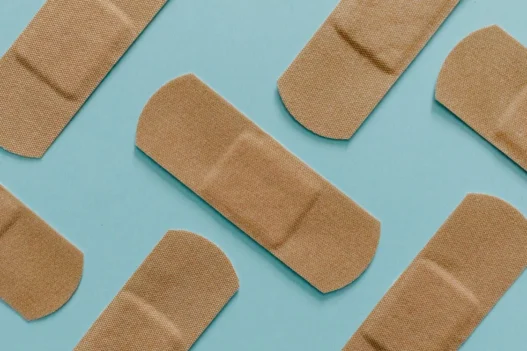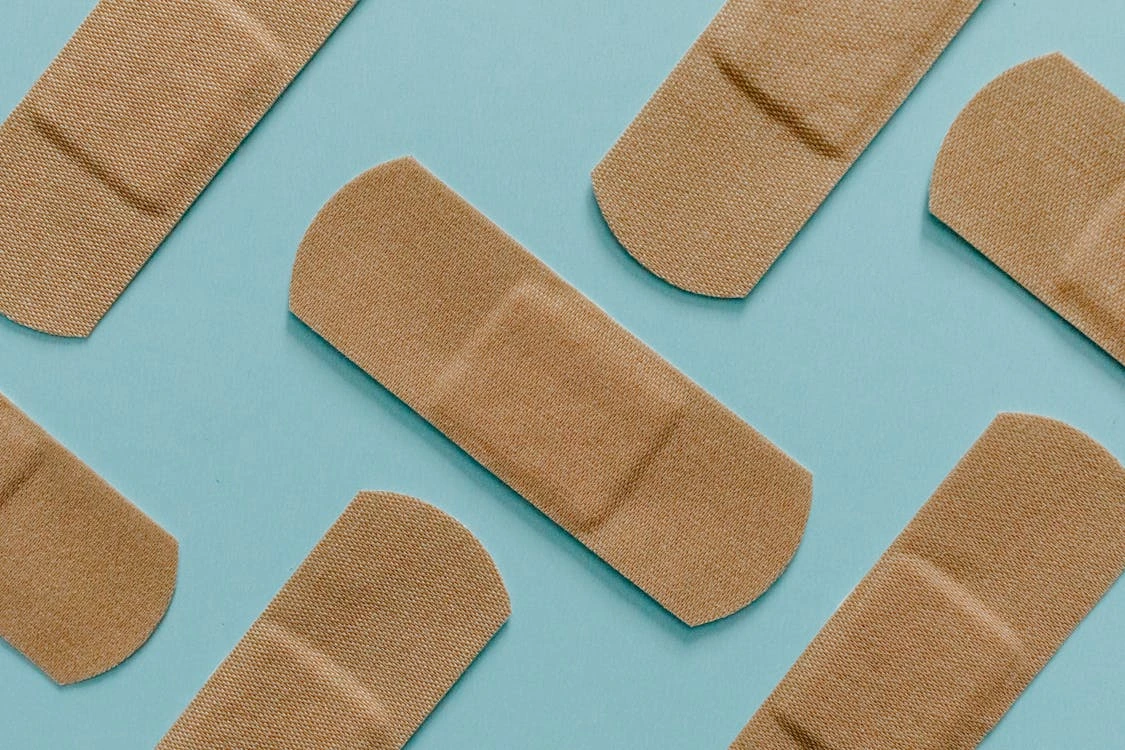0HBY7ZZ refers to the surgical removal of an extra breast through a natural or artificial opening in the body. This procedure is done to eliminate supernumerary breast tissue that is present beyond the normal two breasts.
Table of Contents:
- 🔎 Clinical Indication
- 📋 Preparation
- 📖 Methodology
- 🩹 Recovery
- 🚨 Complexity & Risk
- 🔀 Similar Procedures
🔎 Clinical Indication
Excision of supernumerary breast may be performed to remove an extra breast tissue located outside of the normal breast area, which can cause physical discomfort or cosmetic concerns.
This procedure can be done either through a natural opening in the body or by creating an artificial opening, depending on the location and size of the supernumerary breast tissue.
Overall, excision of supernumerary breast is a common and safe surgery that can improve the quality of life for individuals with this condition.
📋 Preparation
Before undergoing the excision of a supernumerary breast, also known as additional breast tissue, patients will typically need to undergo a physical examination. This examination helps to determine the exact location and size of the extra breast tissue.
Additionally, patients may need to undergo imaging tests, such as ultrasound or mammography, to further evaluate the supernumerary breast. These tests will help the healthcare provider plan the surgical procedure more effectively.
Patients may also need to stop taking certain medications, such as blood thinners, in the days leading up to the surgery. This is to minimize the risk of excessive bleeding during the procedure.
📖 Methodology
During 0HBY7ZZ, a surgical procedure known as excision of supernumerary breast is performed. This procedure involves the removal of extra breast tissue that develops outside of the normal breast area.
The excision can be done through a natural opening, such as the nipple, or an artificial opening, such as an incision in the skin. The goal of the surgery is to eliminate any potential complications or aesthetic concerns caused by the supernumerary breast tissue.
Overall, this procedure is a relatively routine and safe surgery that can help individuals with supernumerary breast tissue feel more comfortable and confident in their bodies. It is typically performed by a qualified surgeon in a hospital or surgical center setting.
🩹 Recovery
After an Excision of Supernumerary Breast, a recovery period is necessary for the body to heal from the procedure. Pain and discomfort may be managed with medication prescribed by the surgeon.
Patients are advised to avoid strenuous activities and heavy lifting during the recovery period to prevent any complications. It is important to follow post-operative care instructions provided by the medical team to ensure a smooth recovery process.
🚨 Complexity & Risk
Performing 0HBY7ZZ, also known as the excision of supernumerary breast tissue, can be a complex procedure due to the abnormal location of the additional breast tissue. Surgeons must carefully navigate around surrounding structures to remove the extra tissue safely.
One potential risk to patients undergoing this procedure is the possibility of damage to nearby nerves or blood vessels, which could lead to complications such as numbness, excessive bleeding, or infection. It is crucial for surgeons to have a thorough understanding of the anatomy in the area to minimize these risks and ensure a successful outcome for the patient.
🔀 Similar Procedures
Another medical procedure similar to the excision of supernumerary breast is the removal of accessory nipples, also known as polythelia. Both procedures involve the removal of extra tissue that can cause discomfort or aesthetic concerns.
Polythelia is a condition where individuals are born with extra nipples or breast tissue, similar to supernumerary breasts. The surgical removal of accessory nipples is often performed through a small incision to excise the extra tissue.
Just like with the excision of supernumerary breast, the removal of accessory nipples is a relatively simple procedure that can be done on an outpatient basis. While both procedures may be considered cosmetic in nature, they can also provide relief from physical discomfort or self-consciousness.

